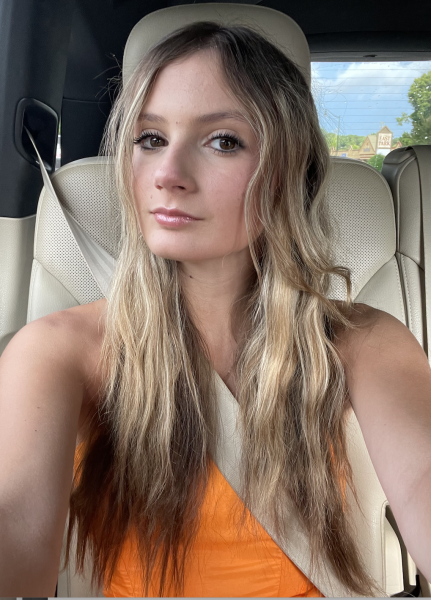The Effects of Cosmetic Animal Testing
For decades, animal testing has been used by cosmetic companies as a way to determine the safety of their products. What many people don’t know is that there may be a sinister story behind your favorite lipstick or body lotion. Animal cosmetic testing was introduced in the 1940s after several people suffered injuries from using unsafe cosmetic products, and it gained popularity in the 1980s. While animal testing may seem like a good idea, it’s important to know all of the information.
Cosmetic safety experiments often include painful and distressing tests on animals like mice, hamsters, and rabbits. Some of these tests involve substances being dripped into animals’ eyes, forced down their throats, or smeared on their skin. This is often painful and emotionally distressing for the animals. Cosmetic testing causes extreme suffering for animals and can cause the unwilling test subjects to suffer from vomiting, paralysis, convulsion, internal bleeding, painful skin and eye irritations, and much more.
After being put through painful and inhumane experiments, most of the animals are euthanized or killed using other methods. It is estimated that somewhere between 100,000 and 200,000 animals suffer and die globally every year from cosmetic testing. What’s more is that animal testing is almost completely unnecessary. For the most part, the United States does not require cosmetic brands to conduct safety experiments on animals. Furthermore, recent studies have shown that animal testing may not be an effective way to determine the effects cosmetic products may have on humans. So why is animal testing still being used by companies around the world? Many companies only conduct these experiments to use as a security blanket in case of a lawsuit related to the safety of their products.
Recently, many companies have begun to research alternative forms of safety testing for their cosmetic products. Several well-known companies such as Bath&Body Works, ColourPop, Lush, Kylie Cosmetics, Too Faced, and more already boast the words “Cruelty-Free” on their labels. These companies have paved the way for others to stop using animal testing and begin using alternative testing methods. These alternative options include using artificial skin to test for skin irritants and using the eyeballs of animals that had previously died from unrelated causes. Companies can also use the data that is already available to them from previous experiments.
Though animal testing has been used to benefit people for many years, it has become an outdated way to ensure the safety of cosmetic products. Companies should join the movement of eliminating animal testing and developing alternative methods. It will take time and effort, but we can achieve safety for the animals.

Hi, my name is Taylor, and I'm a senior this year. I'm planning on going into sports journalism after college.



















